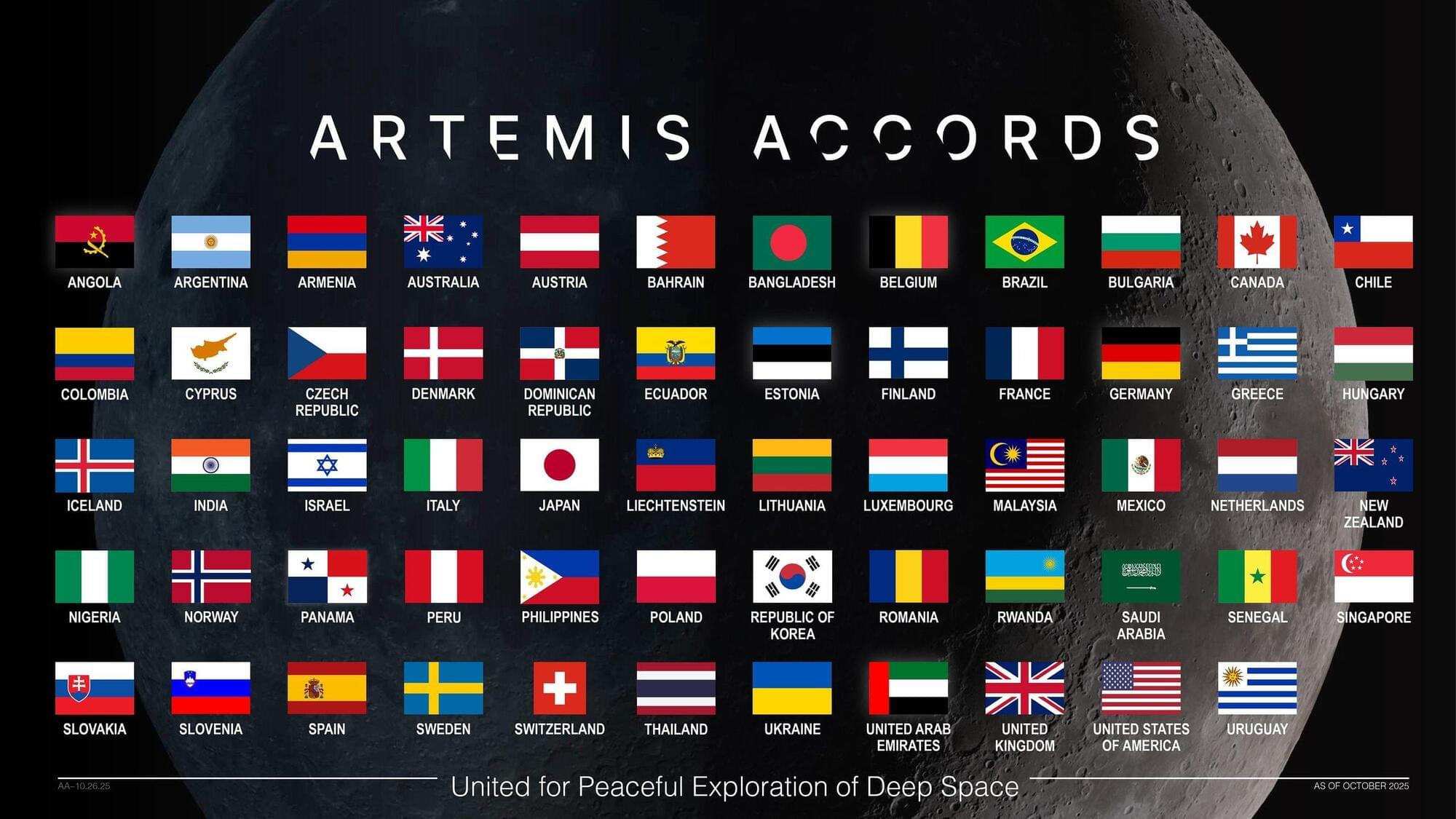A powerful X1.9 solar flare from new sunspot AR4299 triggered strong radio blackouts, as giant sunspot AR4294 rotates into view with more activity likely.





The bumpy trajectory of human aging may have a tipping point as we enter our twilight years, a new study has found.
Past the age of around 75, our bodies can no longer easily recover from injury or illness – a sharp decline in resilience that comes with a corresponding rise in the risk of dying, according to researchers at Dalhousie University in Canada.
Their model looks at aging as a balance between damage and repair, with the breakdown of that balance marking the point of no return into frailty.

Discover the 15 most advanced alien races ever imagined in science fiction—from reality-bending cosmic civilizations to hyper-intelligent species capable of rewriting the laws of physics.
In this video, we explore how these alien races evolved, the technologies they command, and why they stand above all others in the sci-fi universe. Whether you’re into Star Wars, Star Trek, Marvel, DC, Mass Effect, Stargate, Halo, or classic literature, this countdown covers the most iconic and most powerful extraterrestrial species ever written.
👉 Which alien race do YOU think is the most advanced? Drop your pick in the comments!
If you love sci-fi lore, alien analysis, worldbuilding breakdowns, and deep-dive rankings, make sure to LIKE, SUBSCRIBE, and hit the bell for more universe-spanning content!

When thinking, the human brain performs a true masterpiece of information processing: around 100 billion neurons communicate with each other via approximately 100 trillion connections. An international team of researchers has discovered that the mechanical properties of the developing brain influence both synapse formation and the emergence of electrical signals. The findings could open up new approaches to understanding neurodevelopmental disorders.
In the brain, highly specific connections called synapses link nerve cells and transmit electrical signals in a targeted manner. Despite decades of research, how synapses form during brain development is still not fully understood. Now, an international research team has discovered that the mechanical properties of the brain play a significant role in this developmental process. In a study recently published in Nature Communications, the scientists showed how the ability of neurons to detect stiffness is related to molecular mechanisms that regulate neuronal development.
The developing brain is generally very soft, like cream cheese, but its stiffness varies across regions. In African clawed frog (Xenopus laevis) embryos, the researchers found that softer regions exhibit higher synapse densities, while stiffer regions show lower densities.

Abstract The review examines modern advances in the genetics of aging and life span. The key molecular mechanisms regulating aging processes at the genetic level are analyzed, including signaling pathways and longevity genes identified in studies on model organisms and through genome analysis of long-lived species. Special attention is given to the insulin/IGF-1 signaling pathway, the role of the FOXO transcription factor, DNA repair systems, epigenetic regulation, and modulation of mTOR and AMPK kinase activity. Results of experimental studies on increasing the life span of model organisms through genetic manipulations and combined approaches are presented.

A man has become the seventh person to be left HIV-free after receiving a stem cell transplant to treat blood cancer. Significantly, he is also the second of the seven who received stem cells that were not actually resistant to the virus, strengthening the case that HIV-resistant cells may not be necessary for an HIV cure.
“Seeing that a cure is possible without this resistance gives us more options for curing HIV,” says Christian Gaebler at the Free University of Berlin.
Image: STEVE GSCHMEISSNER/SCIENCE PHOTO LIBRARY
A handful of people with HIV have been cured after receiving HIV-resistant stem cells – but a man who received non-resistant stem cells is also now HIV-free.
By Carissa Wong

And this isn’t the only close match. The energy signature of these gamma-rays closely matches those predicted to emerge from the annihilation of colliding WIMPs, which are predicted to have a mass around 500 times that of a proton, the ordinary matter particles found at the heart of atoms. Totani suggests there aren’t any other astronomical phenomena that easily explain the gamma-rays observed by Fermi.
“If this is correct, to the extent of my knowledge, it would mark the first time humanity has ‘seen’ dark matter. And it turns out that dark matter is a new particle not included in the current standard model of particle physics,” Totani said. “This signifies a major development in astronomy and physics.”
While Totani is confident that what he and his colleagues have detected is the signature of dark matter WIMPs annihilating each other at the heart of the Milky Way, the scientific community in general will require more hard evidence before the book is closed on this nearly century-old mystery.